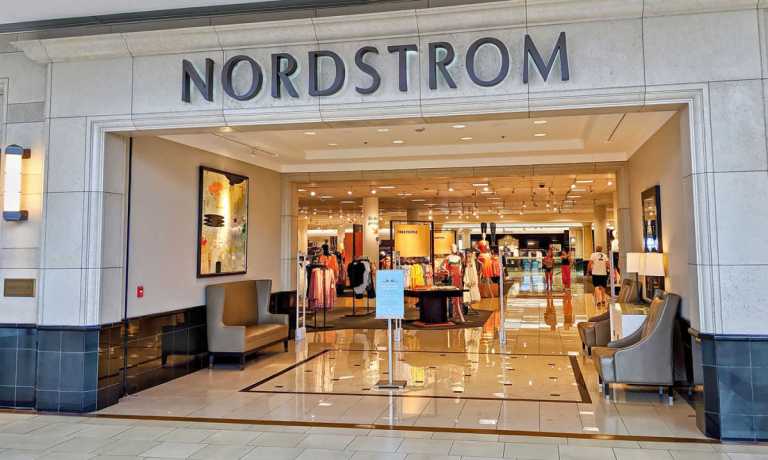
In March, PYMNTS reported on Nordstrom’s shift from its prior reputation of luxury and exceptional service to utilizing substantial discounts to manage inventory, resulting in decreased sales and profits during the fourth fiscal quarter. Today, has the narrative evolved?
While the retailer asserts a more favorable inventory standing compared to previous quarters, during its second-quarter earnings call on Thursday (Aug. 23), CEO Erik Nordstrom noted that the department store made progress in reducing inventory during the second quarter and will continue to adjust to shifting consumer demand in the designer category to improve inventory flow and margin health. With that, the company prioritizes faster turnover across both of its banners this year.
To do so, one of those methods includes the Nordstrom anniversary sale.
“Our teams did a good job of curating the assortment for our anniversary sale, balancing relevance, the things customers expect to find with inspiration. The new items they discover shopping online and in store. Customers responded positively to newness and our full assortment during our successful anniversary event, particularly in stores,” said Nordstrom. “At its core anniversary is a one of a kind event that rewards and engages our loyal customers with brand new product from the best brands at reduced prices for a limited time.”
Reflecting on that perspective, Nordstrom encountered heightened engagement throughout the event, characterized by a greater influx of customers this year and involvement in over 740 events. Additionally, upwards of 90% of the Nordy Club’s top-tier members actively participated in shopping during the sale. With that, Nordstrom noted that the anniversary sale showcased resilient inventory performance, showcasing a 15% increase when compared to the preceding year.
With that, has Nordstrom found loyalty in discounting?
In a somewhat similar case, Ulta Beauty told PYMNTS in June that 95% of its beauty sales come from its loyalty members.
“I think about data being twofold as to how we use it to effectively craft a loyalty program,” said Nicole Bernhardt, head of Ultamate Rewards at Ulta Beauty.
Read more: PYMNTS Summer Loyalty Series: 95% of Ulta Beauty Sales Driven by Loyalty Members
Then there’s Catch, a payments channel that aims to establish a loyalty program offering customers shopping flexibility while assisting retailers in circumventing credit processing fees.
Read more: Catch Parlays Merchant Interchange Savings Into Cashback for Consumers
The three scenarios share a common thread: they have insight into receipt data, which encompasses details about a consumer’s purchases, purchase frequency, basket contents, and basket size. This data provides insights into member tenures, which carry value within each provider’s loyalty-driven environment. This contributes to the continuous expansion of memberships and serves as key performance indicators (KPIs) for our operations.
Additionally, all three scenarios allow consumers to explore diverse brands within a single platform and earn rewards such as loyalty points or cash equivalents. Given this perspective, does this play a pivotal role in fostering loyalty? Does enabling consumers to feel loyal without the pressure of committing to a single brand hold significance?
In the second quarter, total company net sales for Nordstrom improved from the first quarter with an 8.3% decrease, and GMV dropped by 8.5% compared to the previous fiscal year. The conclusion of Canadian operations impacted net sales negatively by 275 basis points, while the shift in the Anniversary Sale timing led to around a 200 basis point decrease in net sales compared to the same period in 2022.
Total revenue for the quarter ending July 29, was $3.77 billion, with a net earnings $137 million, better than the $126 million during the same period last year.
Digital sales were noted to be down by 12.9% compared to the previous fiscal year, attributed to factors like discontinuing certain services and the timing shift of the Anniversary Sale. Digital sales constituted 36% of total sales during the quarter.